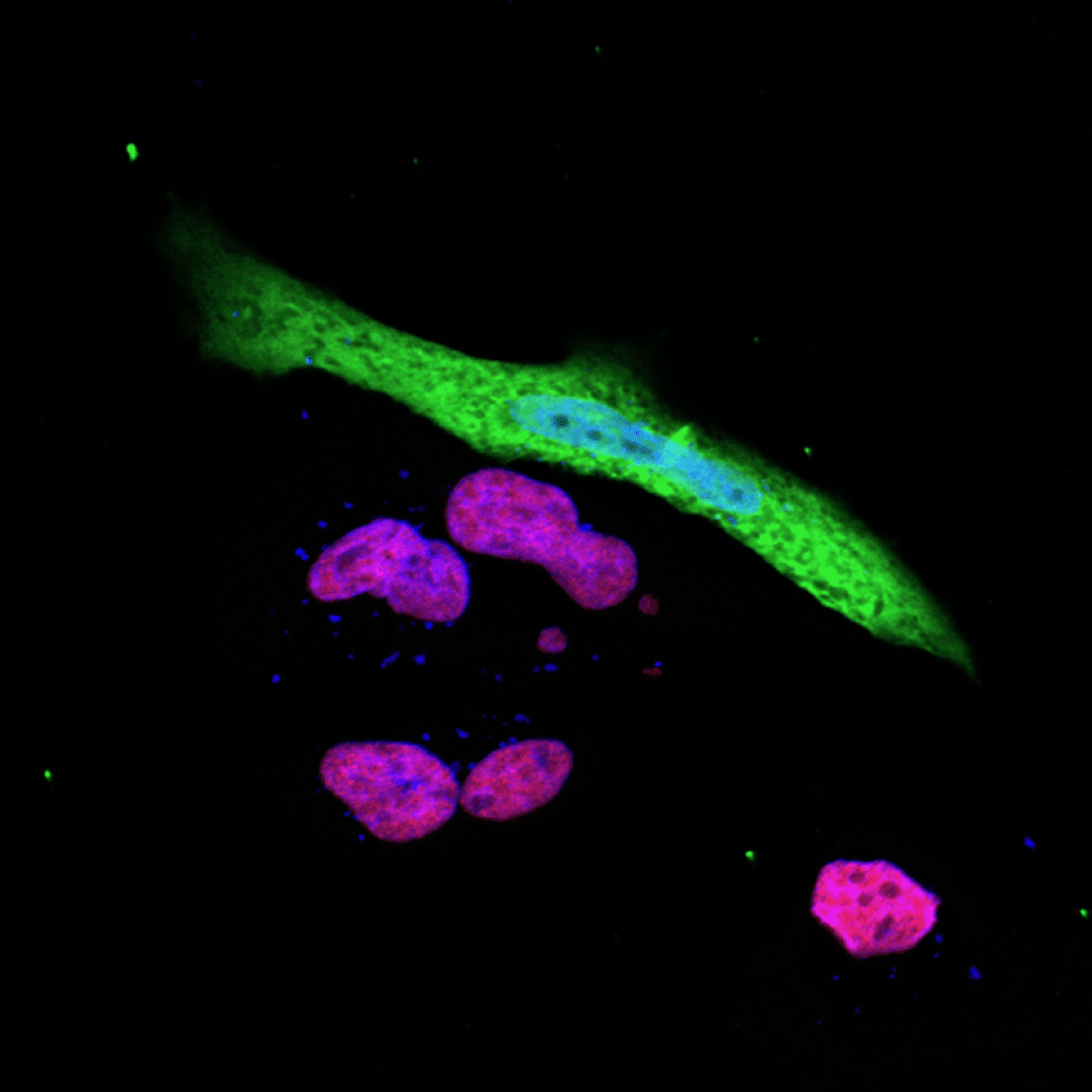The mechanism used by SARS-CoV-2 to escape the host immune system has been revealed by scientists from Hokkaido University, Japan and Texas A&M University, US.
According to researchers from Japan and the United States, an important biochemical pathway connected to an immune complex termed MHC class I is knocked out by SARS-CoV-2 in order to escape the immune system. As a result of this discovery, scientists should be able to better understand how COVID-19 infection spreads.
“Our discovery reveals how the virus can evade the human immune defense system and might help to explain why the pandemic has been so severe. The mechanisms we identify may provide new molecular targets for drug discovery.”
– Koichi Kobayashi, Immunologist, Hokkaido University
The researchers adopted a bioinformatics approach to look at how SARS-CoV-2, the virus that causes COVID-19, changes gene expression in COVID-19 patients’ immune systems when compared to uninfected persons. This is a useful technique to investigate the operation of complex cell signaling networks that trigger immune responses in the fight against dangerous viruses and bacteria.
The MHC (major histocompatibility complex) class I molecules are a key component of the immune response against viruses. After the cell gets infected with the virus, the cell promotes the production of viral antigens on the infected cell’s surface, which attracts the attention of immune cells known as cytotoxic T cells. These immune cells target and destroy infected cells, as well as the virus that has infiltrated them.
To confirm their findings, the researchers infected human cell lines with the SARS-CoV-2 virus in addition to analyzing gene expression in COVID-19 patients.
The findings indicate that ORF 6, a SARS-CoV-2 viral protein inhibits a host cell protein, i.e., NLRC5, which is involved in activating the MHC class I pathway.
It is observed in the study that this occurs in two ways, according to the findings. ORF6 interferes with cell signaling, resulting in NLRC5 expression being turned off. ORF6 also prevents the function of NLRC5.
Source: https://www.global.hokudai.ac.jp/blog/revealed-how-sars-cov-2-evades-our-immune-system/
Other viruses, such as HIV and MERS, have been reported to target the MHC class I pathway. Researchers assumed that SARS-CoV-2 did as well, but this is the first research to decipher the mechanism.
“Without the activation of the MHC class I pathway, viruses in the infected cells are essentially hidden from the immune system. That helps to explain why SARS-CoV-2 virus persists in the body and why it keeps infecting others, leading to the pandemic.”
– Koichi Kobayashi, Immunologist, Hokkaido University
Further research might aid in the discovery and testing of medicines that inhibit the ORF6 viral protein’s capacity to activate the major histocompatibility complex in host cells. Such medications might urge the virus to be cleared by the host immune system, effectively enhancing immunological responses.
Paper: https://www.nature.com/articles/s41467-021-26910-8
Reference: https://www.global.hokudai.ac.jp/blog/revealed-how-sars-cov-2-evades-our-immune-system/
Code: https://github.com/scho75/RNA-seq-data-mining-analysis
Learn More About Bioinformatics:
Top Bioinformatics Books ↗
Learn more to get deeper insights into the field of bioinformatics.
Top Free Online Bioinformatics Courses ↗
Freely available courses to learn each and every aspect of bioinformatics.
Latest Bioinformatics Breakthroughs ↗
Stay updated with the latest discoveries in the field of bioinformatics.
Dr. Tamanna Anwar is a Scientist and Co-founder of the Centre of Bioinformatics Research and Technology (CBIRT). She is a passionate bioinformatics scientist and a visionary entrepreneur. Dr. Tamanna has worked as a Young Scientist at Jawaharlal Nehru University, New Delhi. She has also worked as a Postdoctoral Fellow at the University of Saskatchewan, Canada. She has several scientific research publications in high-impact research journals. Her latest endeavor is the development of a platform that acts as a one-stop solution for all bioinformatics related information as well as developing a bioinformatics news portal to report cutting-edge bioinformatics breakthroughs.






